Automating the Contract-to-Cash Process Step by Step
They say that a beloved child has many names. In this case, the term “contract-to-cash” is often known as order-to-cash or quote-to-cash, depending...
3 min read
 Taija Engman
:
Jun 28, 2017 10:04:59 AM
Taija Engman
:
Jun 28, 2017 10:04:59 AM
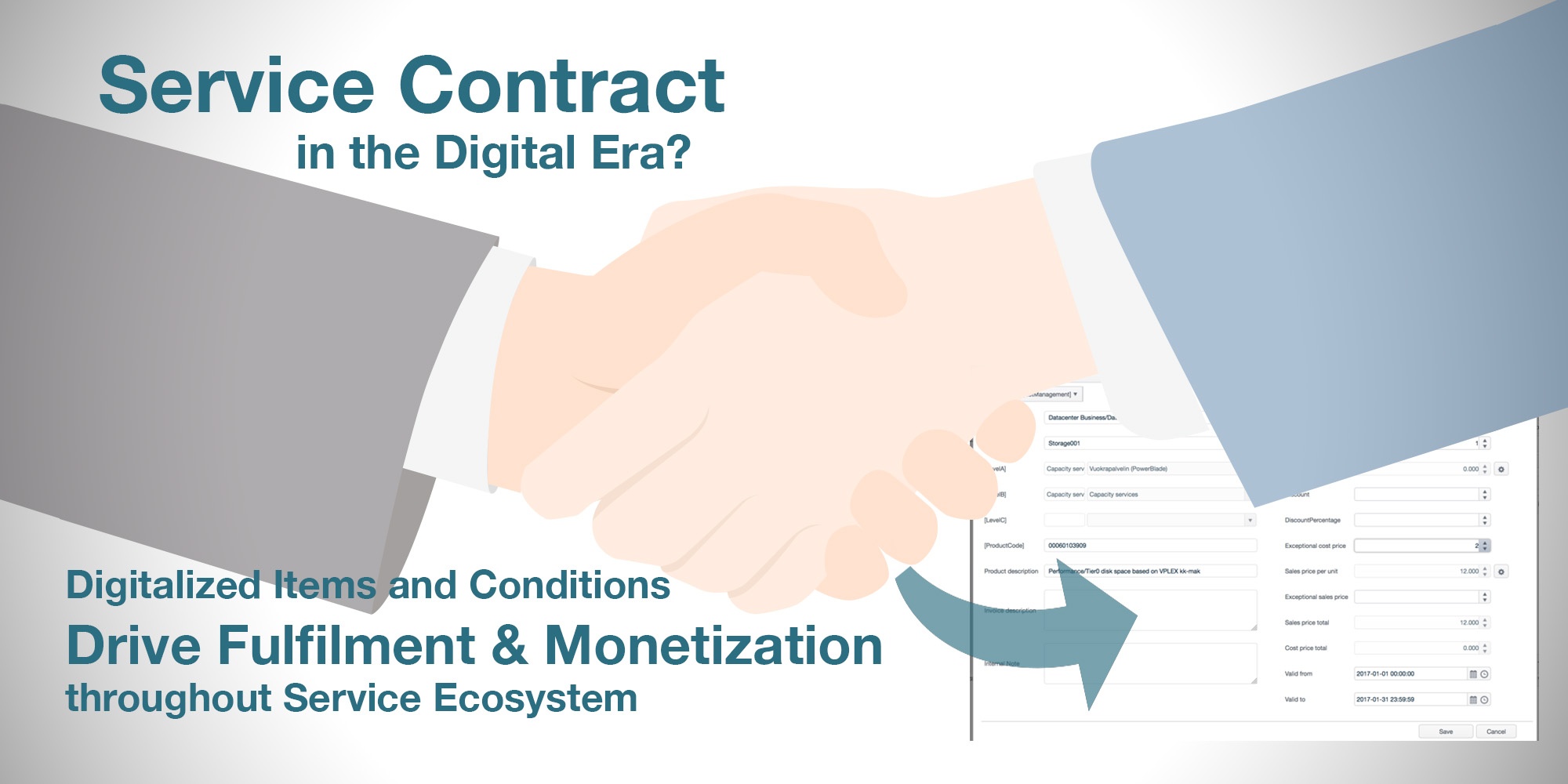
If you were asked to visualize a contract, would you think of a pile of paper with hand written signatures? If asked to visualize a digitalized contract, would you think of a scanned document at a digital contract archive?
Quite likely yes. In the old day contracts were signed papers. These papers had to be retained carefully for archives. Then arrived digitizing where contracts were converted from paper to a digital form such as a pdf-file and archived digitally. This sort of digitizing is not very interesting any more.
Today we buzz about digital transformation, which makes or breaks entire businesses. What is this new digitalization? What is a contract in the digital era?
Truly digitalized contracts play an essential part in the forerunner continuous service businesses of today. Contracts are still agreed between the contracting parties just like in the old day, but the agreed pricing conditions and other contract terms are digitalized.
Thus, the conditions and terms of an agreement can now be digitally represented with rules. The rules automatically calculate pricing and drive orchestrated fulfilment actions depending on how the different factors actualize in the contract environment.
Pricing conditions, service delivery terms, service level agreements and other contract conditions of a digitalized contract can be extremely flexible. If similar levels of variability are attempted without a true service business system, it usually leads to Excel spreadsheets and Post-it notes becoming an essential part of the process.
As long as the rules can be defined and data of the prevailing factors can be obtained, the end results can be derived and driven automatically. - Even if factors are changing dynamically based on usage-volume, outcome, demand or the changing weather conditions... and different from one customer to another.
ICT Services industry has undergone a transformation from product sales to service business quite a while ago launching service subscriptions, SaaS and Cloud. Many other industries are now following. According to the World Economic Forum prognosis, all products will have become services by year 2030.
Products becoming services does not mean that physical objects would disappear. It means that the dominant business model and pricing model are transforming.
Sometimes not being able to innovate a new business model may be an obstacle. Or perhaps cannibalizing current business creates a hindrance.
Often, however, a major hindrance is that current IT systems have been created to handle the physical product sale and supply chain, and do not support new digital service businesses. Let alone to support the modern service ecosystems.
Even ERP modifications can only carry so far. Companies may have been forced to rely on semi-manual processes using Excel spreadsheets and Post-it notes.
When current traditional systems do not support modern business and modifications are deemed unattractive, it is often perceived necessary to create software from scratch. But that is slow and costly. And creating proprietary software for a use case seldom results into enough flexibility to support changing businesses and new innovations.
A paradigm shift in business model also requires a paradigm shift in capabilities.
Sales and operations processes are changing. New services are innovated. Companies may start offering services to new target groups. New innovative service pricing models may be launched. Customers are buying customer-specific service combinations. Customer may wish to pay-per-use. Outcome based pricing is increasing.
New capabilities are needed from business support systems. The service business environment is driven by data. New service business and service ecosystem oriented software is taken into use. For example, multi-contributor service ecosystems are created on a platform instead of relying on point-to-point order-delivery transactions between the parties.
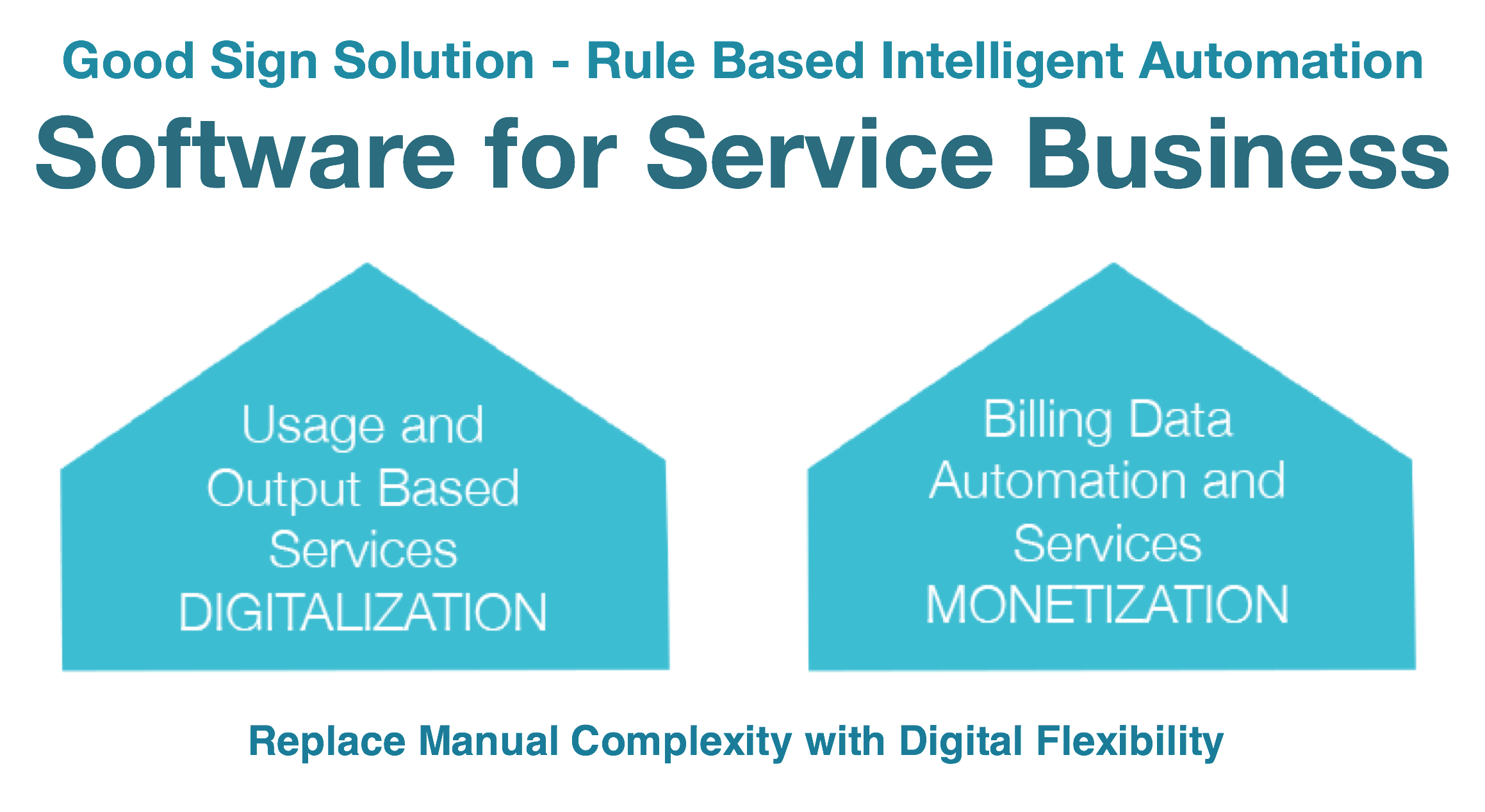

New circular economy provides interesting new business opportunities if also the transaction costs of orchestration and monetization can be minimised with automation. For example, a waste or a by-product of one business can be utilized as a useful raw material in another business.
Fortum HorsePower is a new circular economy service launched by Fortum, the 9th largest heat producer in the world. Read more.
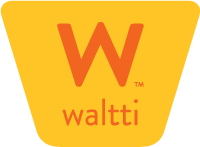
Modern services are user centric. Modern service providers bring service users easy access to added value and more comprehensive services. – just like Waltti enables simple travel nationwide with a single travel card. Read more.
Are you interested to learn more about forerunners’ way to empower service business by highly efficient and flexible orchestration and monetization engine, Good Sign software? We would love to discuss your business model needs! Contact us to learn more about cases in usage based leasing, output and performance based manufacturing services, consumer services based on micro payments provided by service ecosystem and many more. Leave you contact information or book an e-meeting already today.
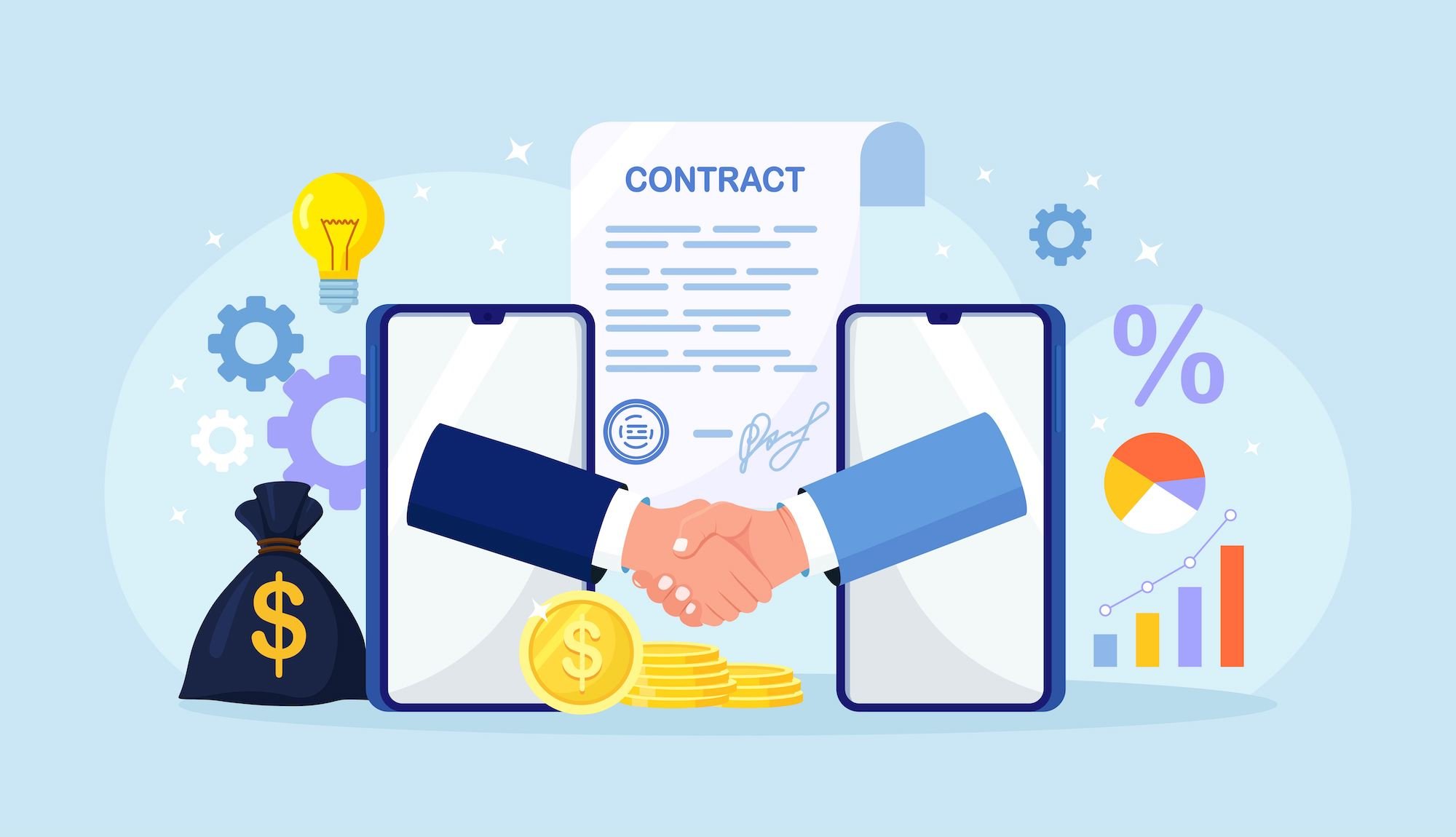
They say that a beloved child has many names. In this case, the term “contract-to-cash” is often known as order-to-cash or quote-to-cash, depending...
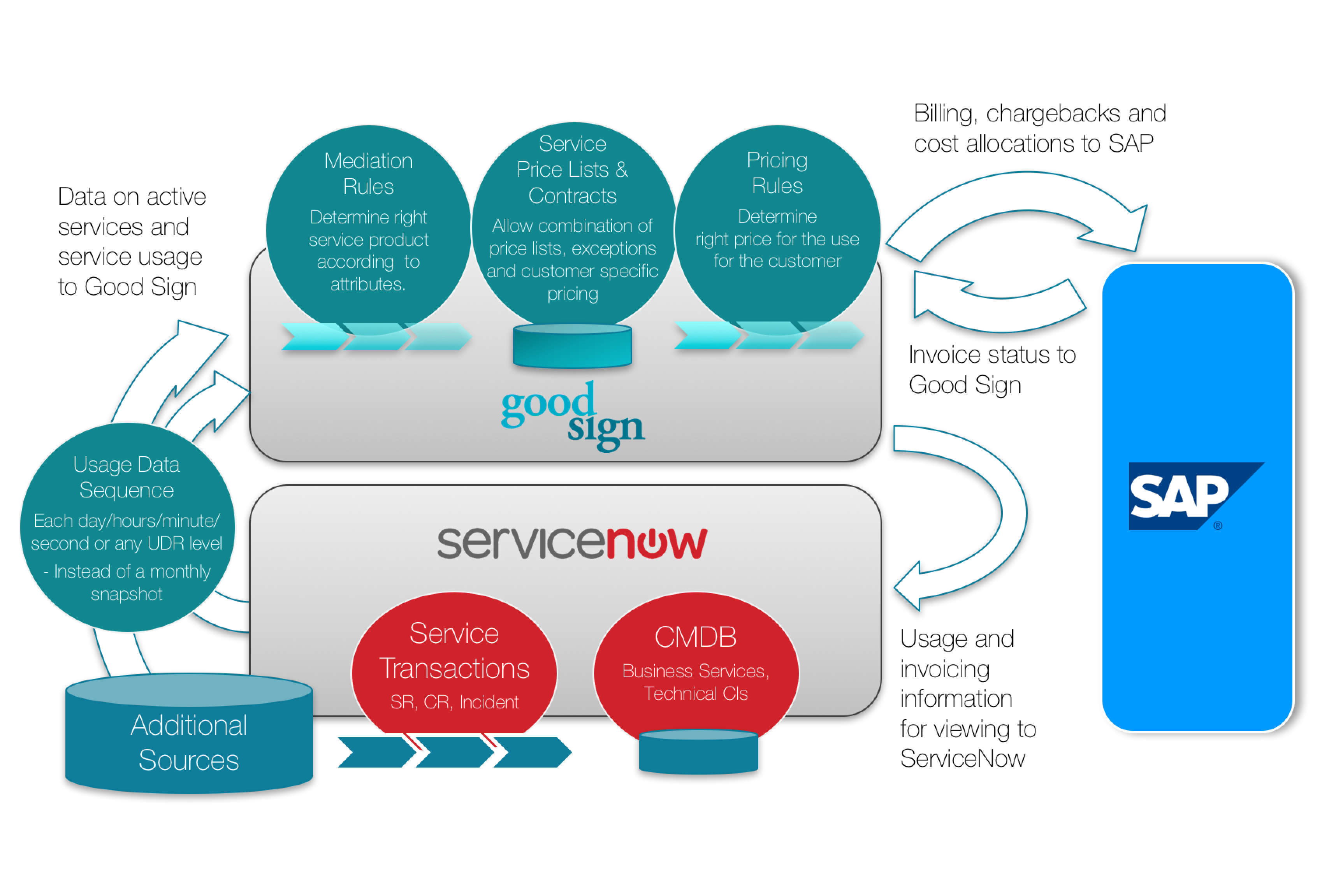
Many prominent service providers have chosen ServiceNow as their backbone system for service management and SAP as their ERP/financial system. ...
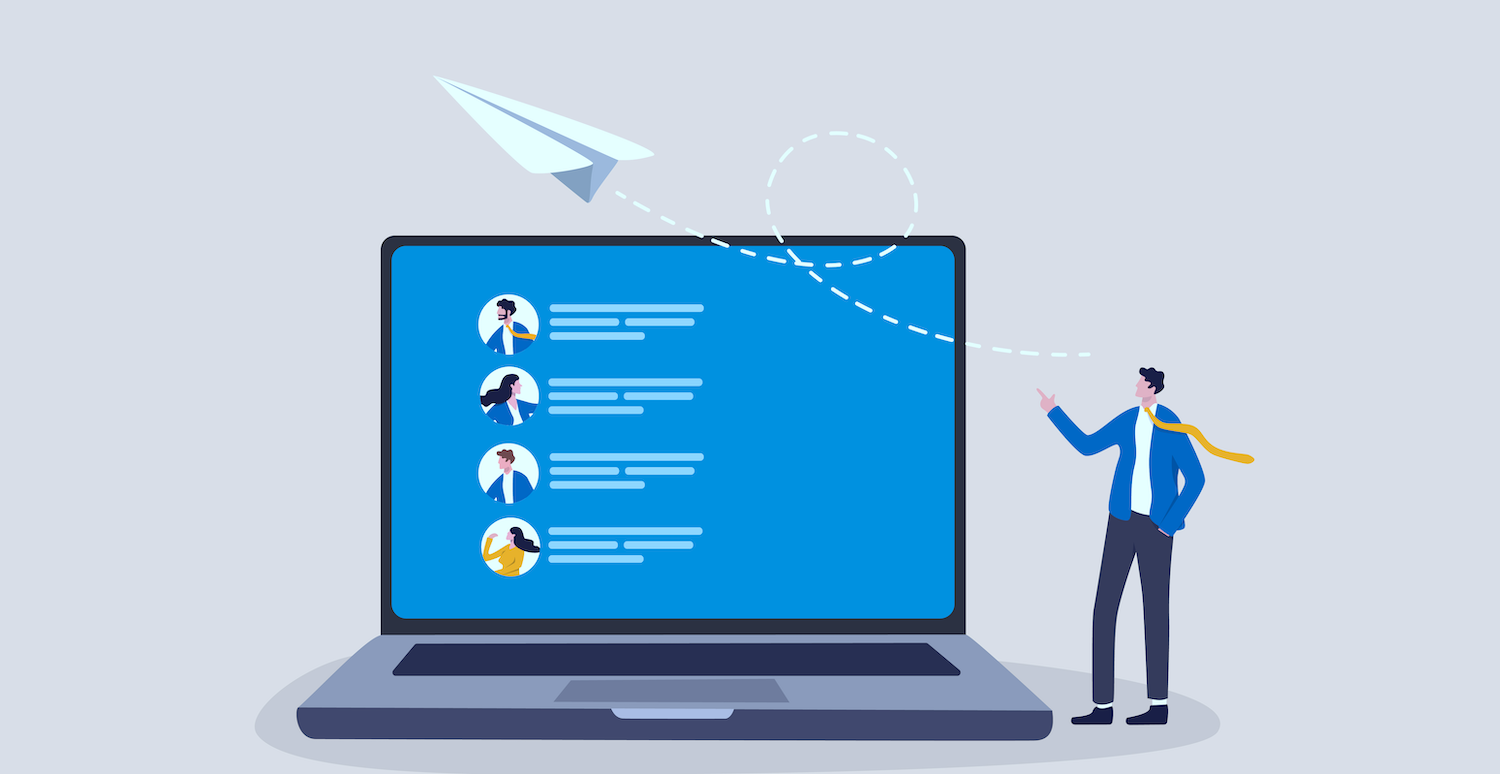
The subscription economy has changed our business life forever. It has never been easier to onboard customers, but that comes at the price of having...